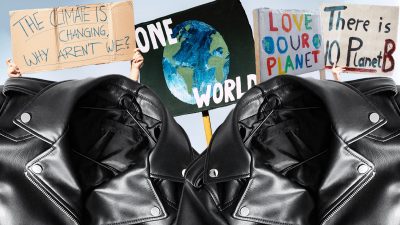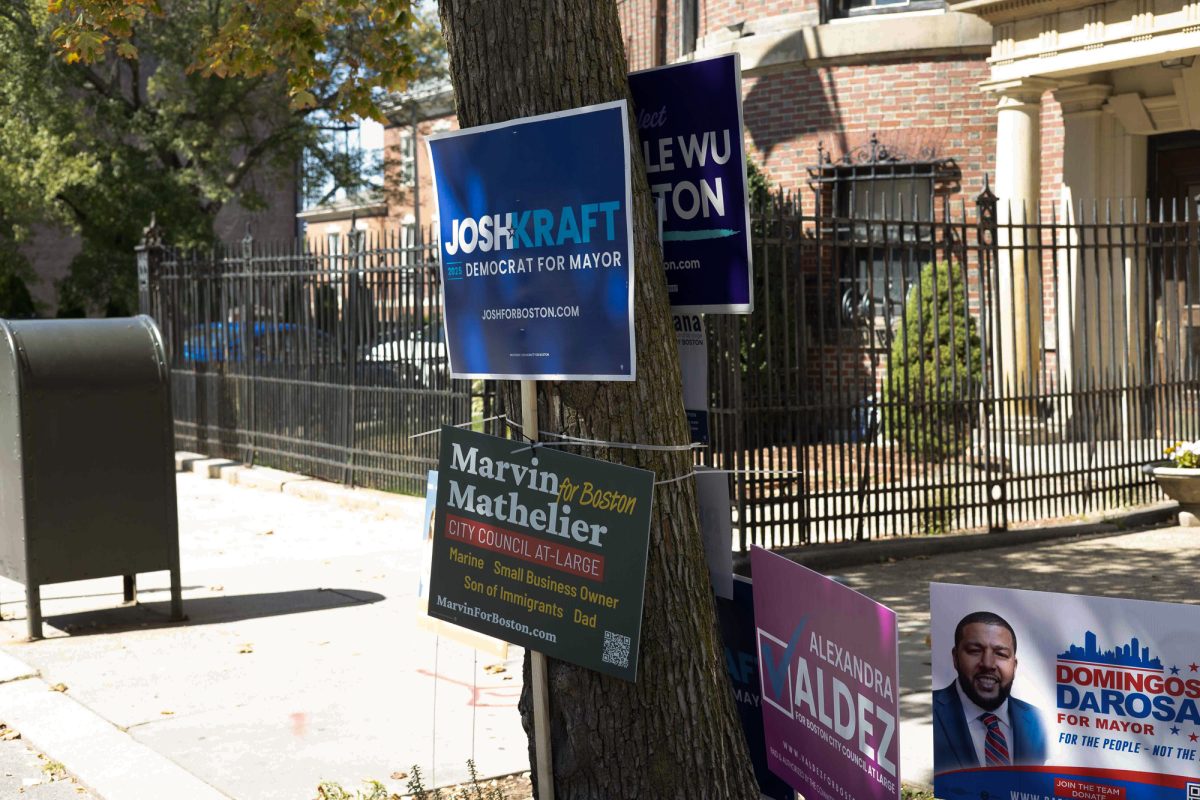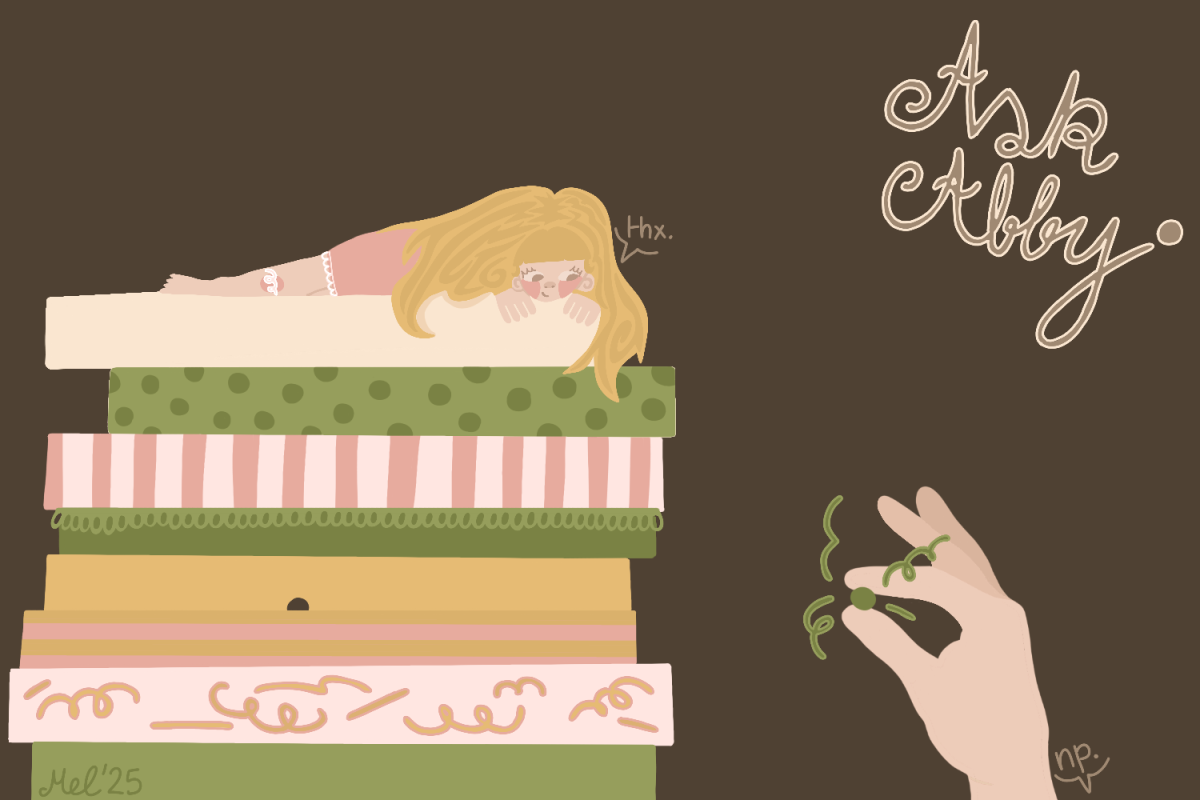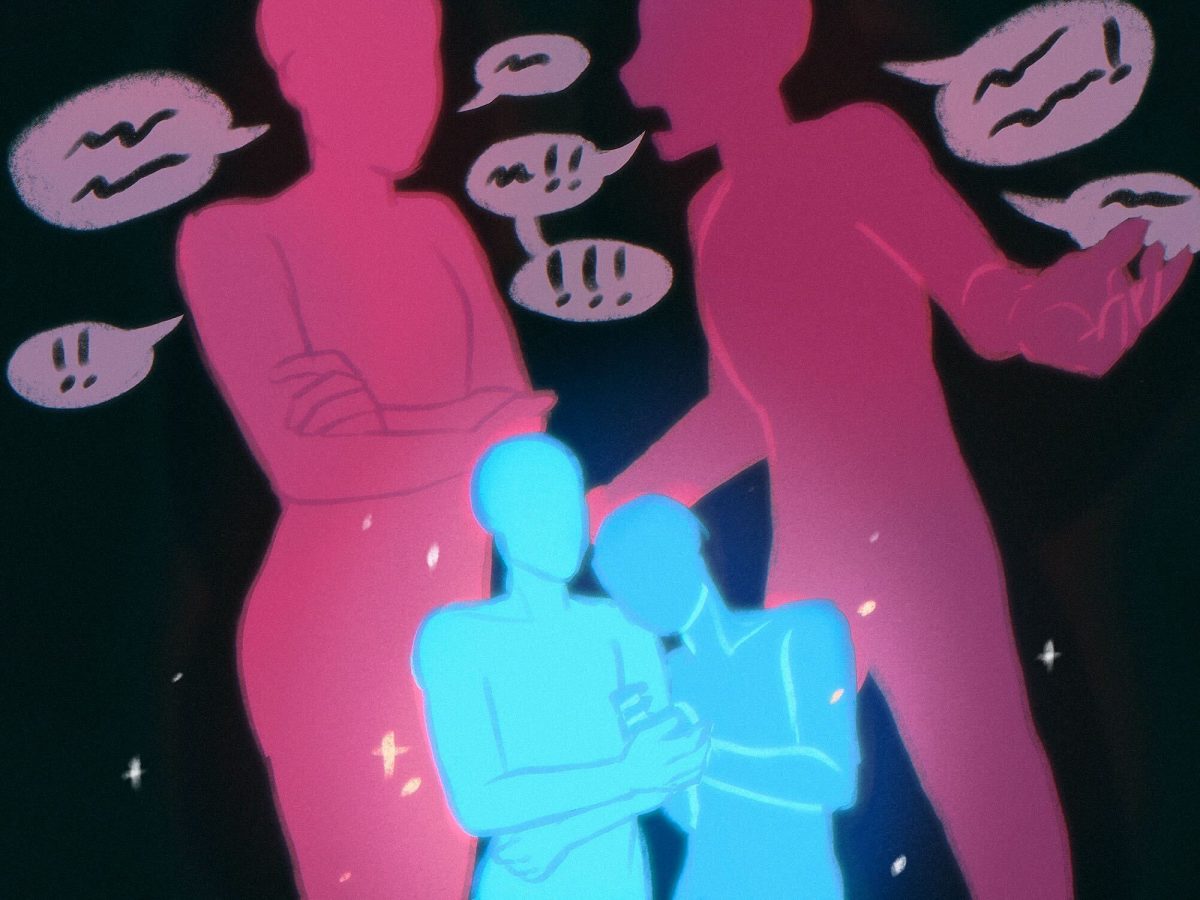It’s been over five years since I watched the movie “Grease,” but Sandy’s iconic transformation into the perfect greaser girl will forever stick in my mind. I think the most powerful aspect of it was her perfectly put-together outfit, right from the impossibly tight-fitting pants to the star of the look — the black leather jacket. For me, the jacket was the perfect representation of Sandy’s newfound confidence and backbone.
Leather jackets are much more than antiques from the set of Grease, however. A Friday night walk around Boston’s nightclubs will reveal that the iconic jackets are still a favorite among throngs of freezing girls waiting to get in. Faced with the prospect that their mass-ordered fake IDs could get tossed aside by a particularly bad-tempered bouncer, leather continues to be a reminder of toughness and maturity.

Between its early 20th century conception and its modern popularity, the leather jacket has been adapted many times, but there is something undeniably classic about its design. Whether a relic from World War I or one of Kate Moss’ model-off-duty looks, leather jackets bring edge while remaining polished and understated. My favorite thing about the timeless piece is its versatility — it can be casual or dressy, and it has no seasonal limitations.
It’s for this exact reason that most people own their leather jackets for life. Forget Cher, these jackets practically own the phrase aging gracefully. In today’s world of Shein hauls and colossal garment waste, the idea of owning an irreplaceable piece for life is something we desperately need. This is exactly why leather jackets could be the next best thing for sustainability.
I can practically hear PETA fuming from here. Given the environmental and humanitarian ramifications of leather production, the idea that mass-produced, chemically dyed cow skin could enhance sustainability seems doubtful.
The process of turning animal skin to leather requires large amounts of chemicals like chromium wastes — which the Environmental Protection Agency considers harmful — and tannery effluents that contain a high number of pollutants. Additionally, the use of animal products and mistreatment of cattle has provoked an outcry from animal rights groups.
In terms of human impacts, tannery workers work with cancer-causing chemicals, and it is not uncommon for children in these factories abroad to start work in the industry at 13 years old. The consequences of leather production extend to people in proximity to factories as well. The Centers for Disease Control and Prevention found that Kentucky residents living near a tannery were five times more likely to contract leukemia than the national average.
Although these realities of leather manufacturing dissuade its purchase, the rise of secondhand shopping provides a way to evade additional production of the material while capitalizing on its timelessness. A stop at one of Boston’s numerous vintage shops, and you could walk away with not just one of the many leather jackets usually housed there, but also a response for your passive-aggressive vegan friend about the ethicality of your leather.
The best part about it is vintage leather is often the most long-lasting, meaning you won’t have to guiltily stalk Urban Outfitters for your next fall jacket.
Using the tool of secondhand shopping, leather jackets provide a great way to consume fashion more sustainably, mainly because they demonstrate the idea of slow fashion. Coined by Kate Fletcher, professor of sustainability, design, fashion at the University of the Arts London, the term “slow fashion” emphasizes investing in quality pieces, putting meaningful consideration into buying clothing and prioritizing timeless over trendy. The practice aims to remediate fast fashion’s culture of mindless consumption which has led to massive waste and far-reaching humanitarian and environmental concerns.
Ultimately, a fundamental shift in the way we purchase clothes is the key to sustainable fashion. Thrifting has come to be seen as a cure-all to fast fashion, but in my opinion, there isn’t much distinction between hordes of teenage girls raiding goodwill’s discount sections and the excessive clothing hauls on YouTube. Of course, a previously owned garment creates much less environmental and humanitarian impacts than something made in a sweatshop. But if we keep viewing clothes as inconsequential purchases, how will we ever foster awareness of the serious environmental impacts of what we buy?
It’s here that a middle-aged man’s realization that there’s no place for his 80’s leather jacket at a 9-to-5 becomes truly revolutionary. When the next owner of the jacket picks it up at Value Village, they gain a staple for life and evade numerous cycles of jacket purchases without contributing to harmful leather production.
In this way, leather — the classic villain of environmental welfare — has become an example of how to consume fashion sustainably and mindfully. What can I say, I love a good enemies to lovers trope.



















































































































Bruce Blackerby • Oct 22, 2021 at 1:44 am
I agree with your assessment regarding used leather jackets. As an example, I have a collection of vintage Navy flight jackets found in thrift stores and flea markets over the years. Some are easily 50 years old. Manufactured to military specifications, they will easily last another 50 years. And while more commercial fashion leather jackets made in Korea or China over the last 30 years may not be made to the same standards, many of them will likewise last decades with a bit of care. Unlike the pleather trash out there, that typically lasts a few seasons if one is lucky. The material itself is petrochemical intensive to make and problematic to dispose of. And while leather has some manufacturing issues as well, as you point out, a leather jacket can also be repaired or repurposed, depending upon the size and design. One cannot say the same for most pleather jackets. When they start to stretch, tear, or delaminate, they are done.